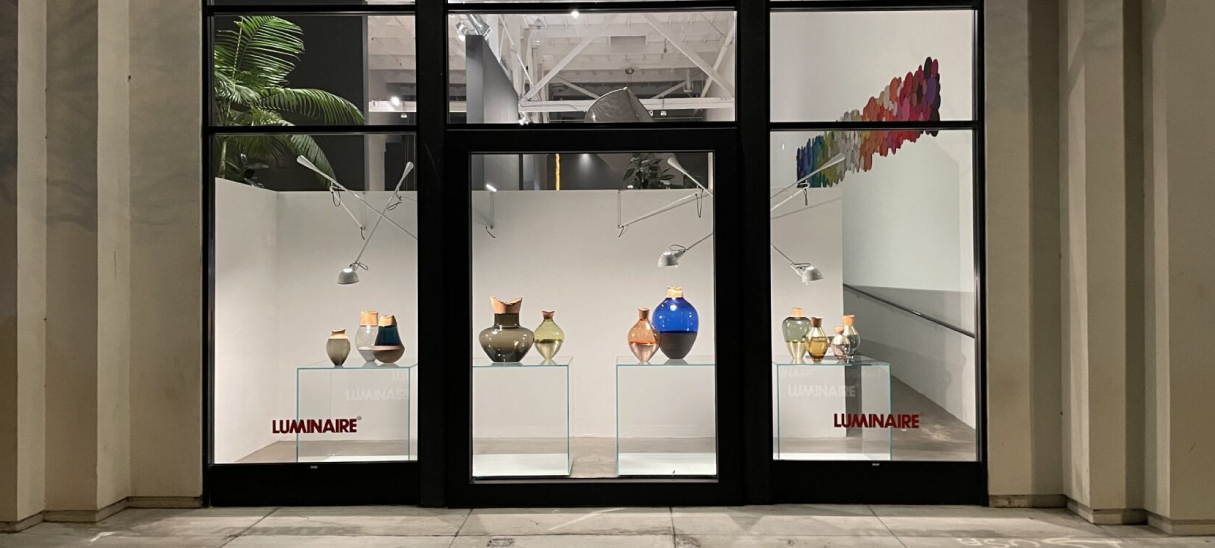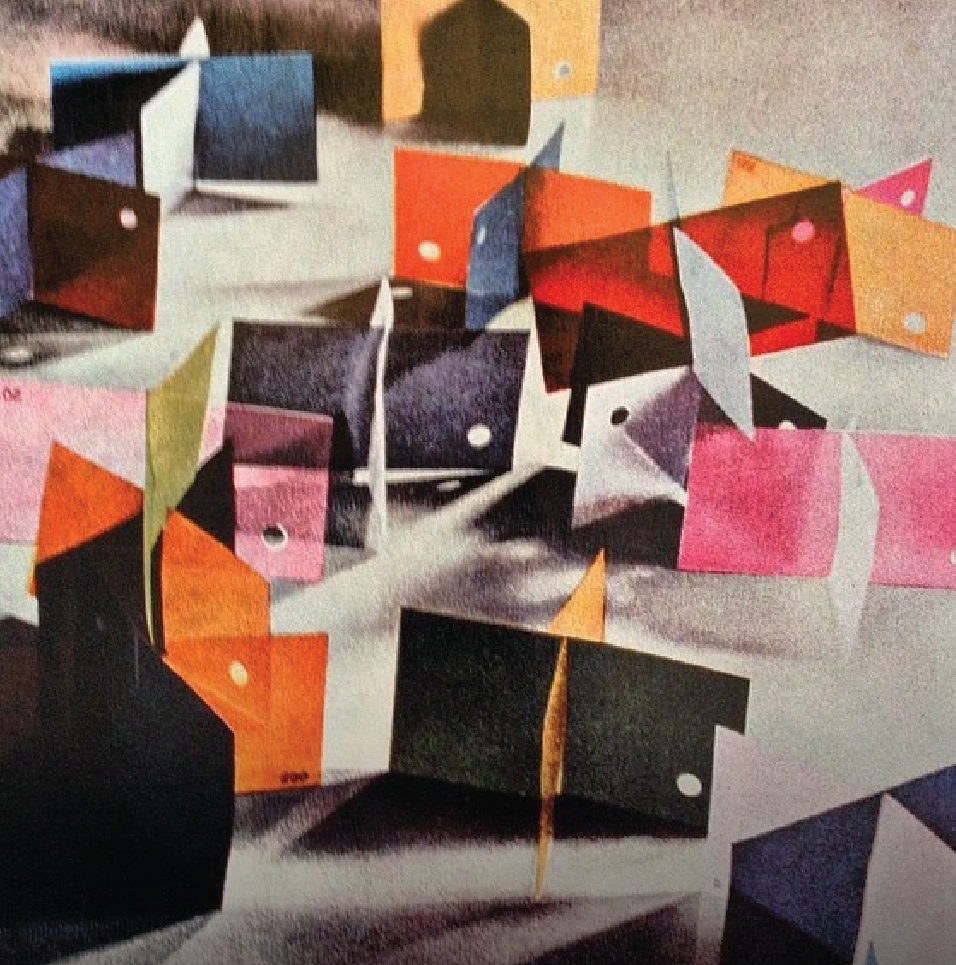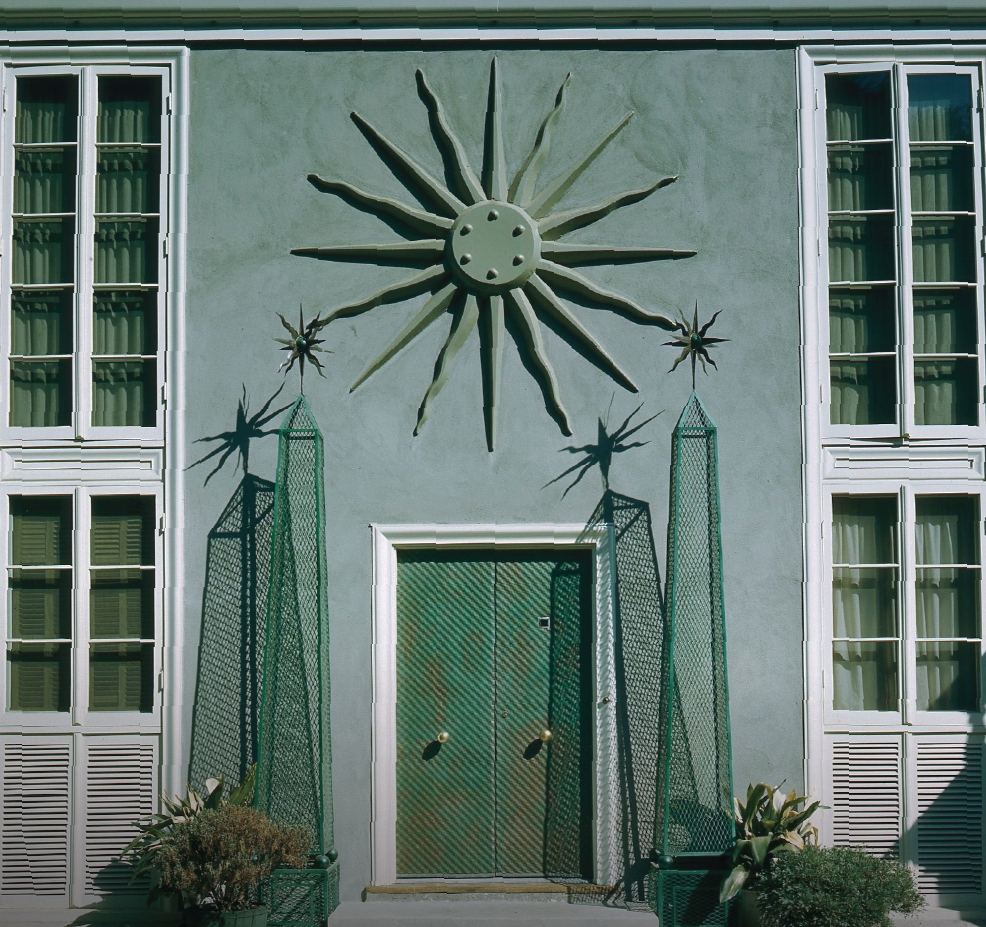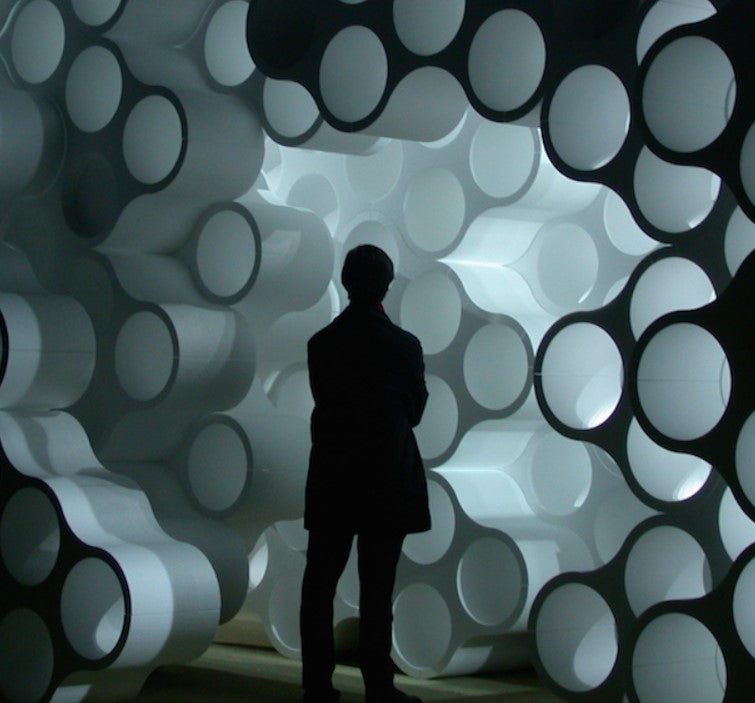Afflicted with a restless desire to experiment coupled with a modernist sensitivity to structure and precision of form, László Moholy-Nagy was a prolific and versatile artist, educator, and writer, born in Hungary and flourishing in Germany as one of the most influential creatives that emerged between the World Wars. His desire to elucidate the harmonies that lie between art, life, and technology led him to occupy a fluid and curious space on the cutting edge of photography, painting, collage, sculpture, film, theater, writing, education, and commercial and industrial design, working alongside Bauhaus legends and inspired by the simple geometries and powerful proportions of Russian Constructivism and De Stijl. Eventually, he brought his disciplined approach to modernist teaching and his vision of investigation and discovery to Chicago, where he founded the Institute of Design, a legacy that lives on to this day as a continued, thoughtful integration of industry and technology into the world of art and the ethereal, embracing novel methods and materials and uncovering new ways of moving through the world with curiosity and fascination.
Profoundly invested in the power of art and technology to liberate humanity from the fracturing experience of modernity, Moholy-Nagy encouraged specialization and experimentation in his own work and in that of his students at the Bauhaus School and in Chicago. His writings often evoked a utopia that emerged from the implementation of high modernism, where new technologies can transform artists into designers, and find innovative yet soulfully alluring solutions to humanity’s burgeoning needs. Early works like Architecture (Central Construction) from 1921 and A II from 1924 explored architectural constructions in space, with floating geometries, primary colors, and a revolutionary use of material, like with the porcelain enamel and sheet metal on his piece Construction in Enamel 1 or Telephone Painting from 1922. Curiously, this enlightened work was made in a sign factory by a foreman who received instructions from Moholy-Nagy over the phone, challenging the notions of the art object as something sacred coming from the hand of the artist himself and made more industrial with the influence of a third party. The sophisticated aesthetic combined with a process of collaboration and industry of these early works ushered an era of art as conscientious, diligent, and harmonious, a mechanism for living that gives insight into the symbiotic ways virtuosity and poetry collide with technology in hopes of fashioning a better world.
Moholy-Nagy’s interest in technology was most notably made manifest in his experiments with photography in the late 1920s and 1930s. Convinced that the camera was the catalyst for novel ways of viewing the world beyond what the human eye could conjure, he coined the term Neues Sehen, or New Vision, and encouraged the use of scientific equipment in art, from telescopes and microscopes to radiography. His photograms made use of placing objects on light sensitive paper, resulting in ethereal and sublime forms that emerge as photographic traces of an object, introducing new perspectives on form and voids, light and shadow, enigmatic yet exacting. Perhaps his most iconic work, Lichtrequisit einer elektrischen Bühne (Light Prop for an Electric Stage) from 1930, also toyed dramatically with light and shadow, as light moved graciously through the moving parts of this ground-breaking kinetic sculpture, dancing about its reflective and transparent materials and casting luminosity and shade on nearby surfaces. Whether working on commission to design special effects for the classic film Things to Come or channeling his talents to static and mobile sculptures in transparent plastic, Moholy-Nagy continued to inspire art enthusiasts and the public with arresting visuals made poignant and commanding with technology until his passing in 1946. To this day we are moved by his ability to express unconventional perspectives and his dedication to the total work of art, or Gesamtwork, and its potential to unite individuals with art, technology, and education.
February 2024























